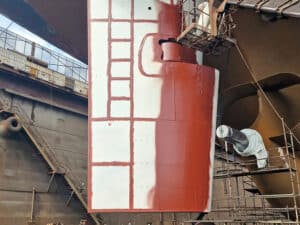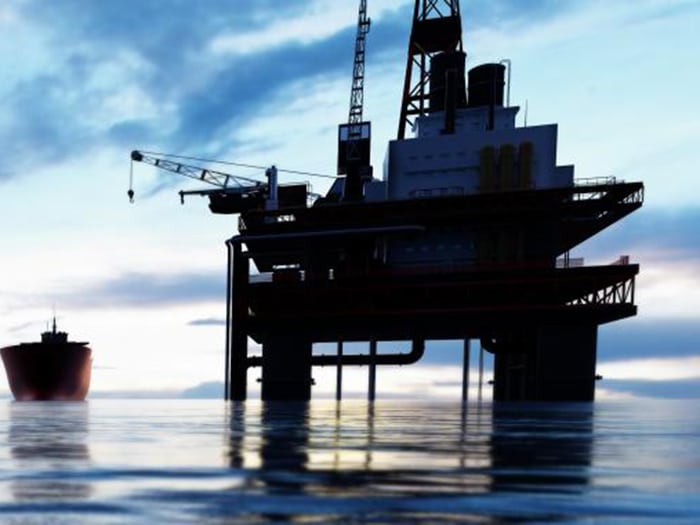
API slams BOEM’s 5-year oil and gas lease sale program
Written by Nick Blenkey
Image: BOEM
In what the American Petroleum Institute (API) slams as “a step in the wrong direction,” the Bureau of Ocean Energy Management has now published the final 2024–2029 National Outer Continental Shelf Oil and Gas Leasing Program. As proposed on September 29, it includes the fewest oil and gas lease sales in history.
As we noted then (see earlier story), the Inflation Reduction Act (IRA) does not allow the Bureau of Ocean Energy Management (BOEM) to issue a lease for offshore wind development unless the agency has offered at least 60 million acres for oil and gas leasing on the OCS in the previous year.
The 2024 to 2029 oil and gas leasing program schedules three oil and gas lease sales in the Gulf of Mexico Program Area in 2025, 2027 and 2029. These three lease sales are the minimum number that will enable the Interior Department’s offshore wind energy program to continue issuing leases in a way that, it says, “will ensure continued progress towards the Administration’s goal of 30 gigawatts of offshore wind by 2030.”
“Simply put, this final 5-year program fails to meet the energy needs of the American people and could threaten to increase reliance on foreign energy sources,” said Holly Hopkins, API’s vice president of upstream policy. “Demand for affordable, reliable energy is only growing, yet the administration is choosing to limit future production in a region that plays a critical role in powering our nation and supplies among the lowest carbon-intensive barrels in the world. This program is a step in the wrong direction for U.S. energy security and will only make it harder to meet growing energy demand over the long-term.”
The API notes that Interior’s final five-year program was nearly 500 days late and that 2024 will be the first year since 1966 without an offshore lease sale.
According to the U.S. EIA, Gulf of Mexico federal offshore oil production accounts for 15% of total U.S. crude oil production and federal offshore natural gas production in the Gulf accounts for 5% of total U.S. dry production. A recent report from NOIA conducted by ICF found that the U.S. Gulf of Mexico produces some of the lowest carbon intensity barrels in the world. Constrained production in this basin could be replaced by higher carbon intensity barrels from elsewhere in the world, says the API.




